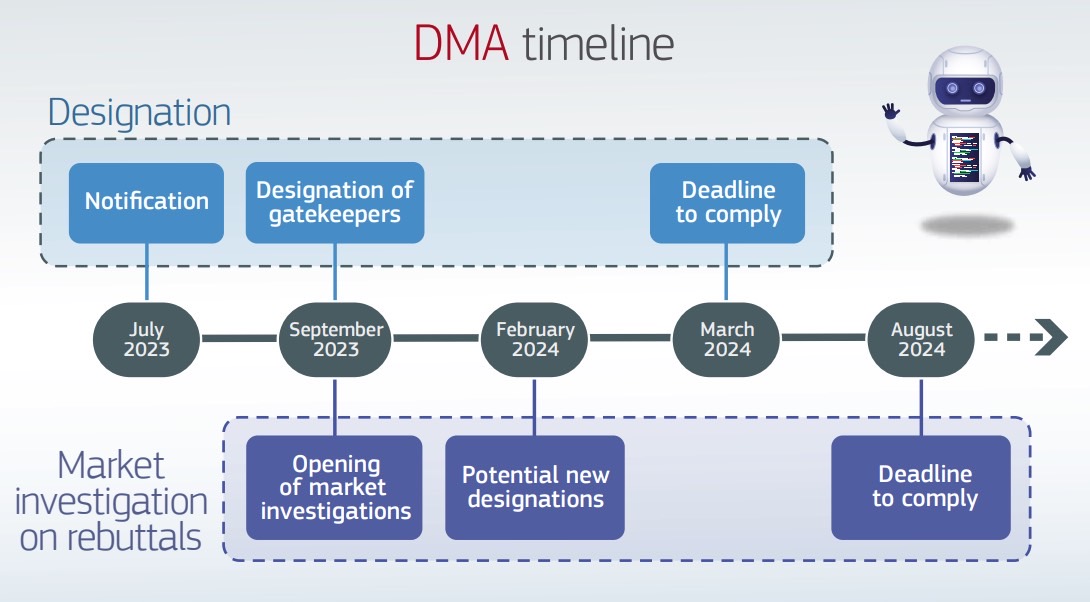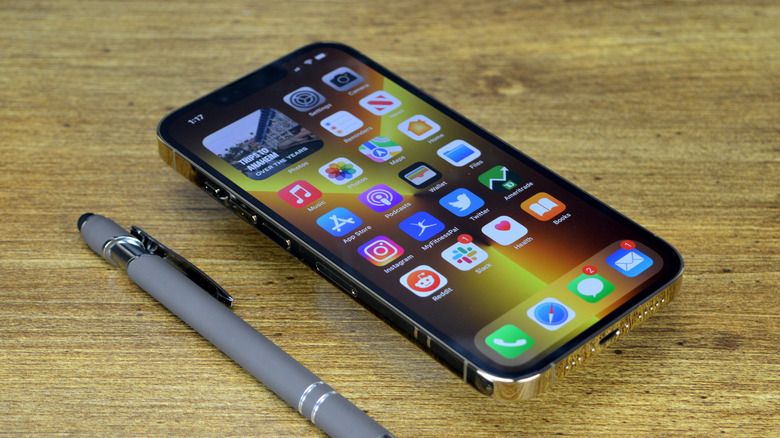iPhone Sideloading Is Reportedly Ready To Go, With The Big Twist We Expected
iPhone sideloading is finally happening after 17 years since the debut of the iPhone. Apple reportedly has an iOS 17 update ready to enable the feature, which will make the installation of iPhone apps possible from any source. These App Store changes will allow third-party marketplaces to appear on iPhone. Also, developers will be able to choose between Apple's payment system and third-party payment platforms that might charge smaller fees.
Before getting too excited about iPhone sideloading coming to your iOS (and iPadOS) devices, remember the big caveat. Apple is only doing this because of regulatory pressure. The European Union's Digital Markets Act (DMA) forces Apple to open up the App Store to competitors. Apple has until March 7th to comply. An Apple insider says that in the process of enabling sideloading, Apple will split the App Store into two experiences.
Bloomberg's Mark Gurman addressed sideloading support in the questions section of his Power On newsletter.
In the coming weeks, Gurman said Apple will roll out the iOS 17 changes that enable sideloading in Europe. In the process, the App Store will be split into two versions, one for Europe and one for the rest of the world.
It's unclear how sideloading will work on the iPhone. But it's very likely that once the DMA compliance deadline passes, any developer will be able to offer third-party app stores. Or let users download apps from their websites. They'll also be able to provide customers with alternative payment systems for apps and in-app purchases.

I'll also point out that Apple's fee will not disappear. Developers will still have to pay a percentage of sales to Apple. So don't expect significantly cheaper apps and subscriptions in Europe. Developers will have to take on the costs of offering and/or securing third-party payment options to customers.
That's all speculation, but we won't have to wait too long to see iPhone sideloading happen. Apple has challenged the EU's gatekeeper designation that forces it to comply with the DMA by March 7th. But, as the EU's antitrust chief Margrethe Vestager stated during her US visit last week, Apple must implement the changes before any legal matters are resolved in the region.
It'll be interesting to see whether a future iOS 17.4 beta release in the region will bring the changes. Or whether Apple will just roll out the different App Store version for Europe via the final iOS 17.4 update. Again, this is just speculation, as Apple is yet to release the iOS 17.3 update.
Finally, I'll point out that the EU might be the first to open Apple's hand on iPhone sideloading, but it won't be the last. Japan and the US are considering similar legislation. I wouldn't be surprised if the EU App Store version that Apple is reportedly readying will ultimately be the one that's available worldwide.
Until then, it should go without saying that international users won't be able to pretend they're Europeans for the sake of sideloading. But I'll say it nonetheless. It's very unlikely you'll be able to fool Apple's systems. Maybe the only way to do it is to set up an Apple ID based in Europe right after moving to the EU block.
